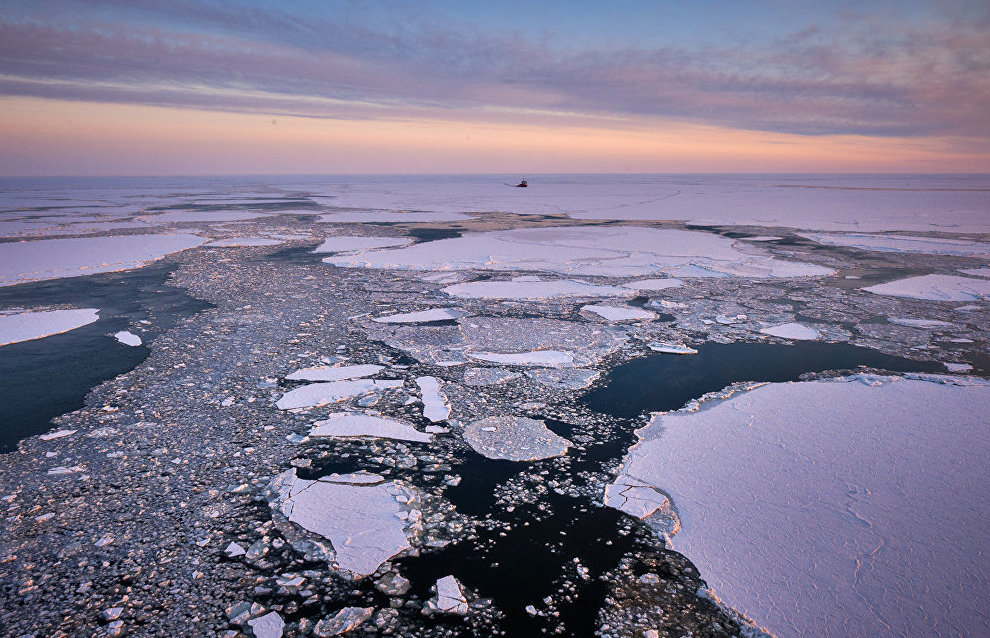Russian scientists find microplastics in Russian Barents Sea
The Russian part of the Barents Sea is heavily polluted with microplastics. According to specialists from the Arctic and Antarctic Research Institute of the Federal Service for Hydrometeorology and Environmental Monitoring (Roshydromet), in terms of microplastics concentrations, the water area is comparable to the most polluted territories on the planet.
"In 2018, we took samples in the vicinity of Novaya Zemlya, and in the summer of 2019, we did the same in the west, close to Spitsbergen. The difference was striking: 10,000 particles per square kilometer near Spitsbergen as against 1,000,000 particles near Novaya Zemlya. To compare: the concentration has reached 1,300,000 particles per square kilometer in the subtropical areas of the World Ocean, where gyres form entire microplastics islands. This means that the concentrations in the Barents Sea are comparable to the most polluted territories on the planet," Anna Vesman, a research fellow at the Arctic and Antarctic Research Institute, said.
According to Ms. Vesman, there is not yet enough data to form an overall picture of microplastics pollution in the Arctic, because the study of the area has only just begun. The first expeditions that looked into the microplastics issue took place between 2014 and 2015. The most heavily polluted seas in the western Arctic are the Barents and Greenland seas.
"These areas are where there are oceanic circulations and where the Gulf Stream splits into two, with one fork turning to the Barents Sea and the other passing between Spitsbergen and Greenland. The stream flows past densely populated coasts of Europe and America. Besides, the fishing industry and shipping in the Barents Sea are a heavy burden in their own right," she added.
